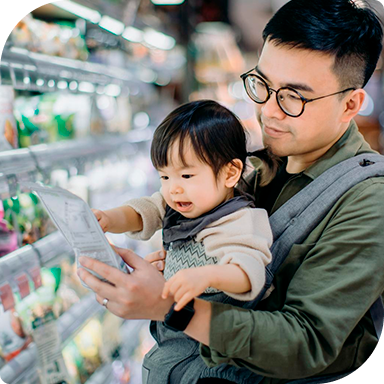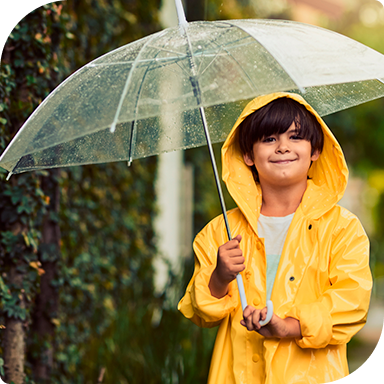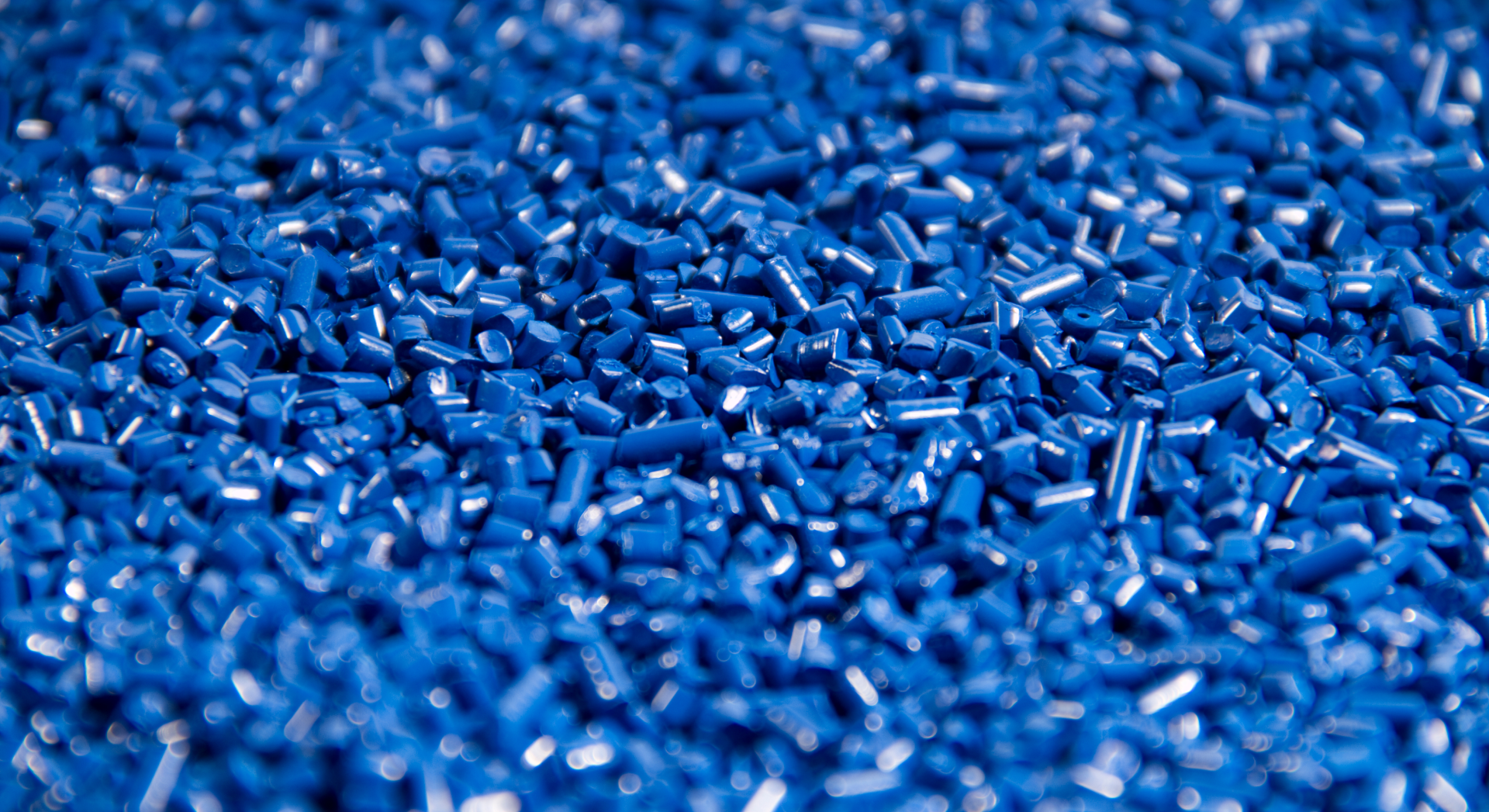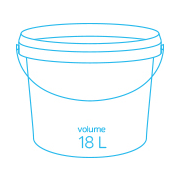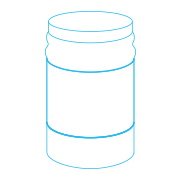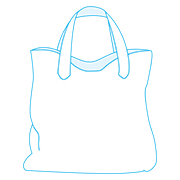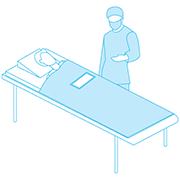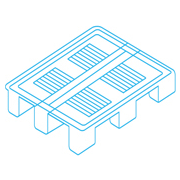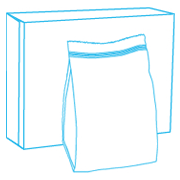Finding solutions for an increasingly sustainable life is one of Braskem's priorities. The Life Cycle Assessment (LCA) is a valuable tool that we have used since 2005 to monitor the resulting environmental impacts of our businesses and support decision-making on what and how to improve processes.
This type of analysis encompasses the entire value chain of Braskem, capturing data from the extraction of raw materials, until discarded. In this way, we guarantee that decisions are made consciously regarding the environmental impact inside and outside the two ports of Braskem.
More than 70 LCA studies have been completed and are available for use in Braskem's areas, as well as our chain of clients and partners.
The life cycle of two products
Braskem can start with a fossil or renewable base.
Everything starts in the oil and gas extraction fields, where the raw materials are extracted from the environment, which are then transported to the refining units. Já nas unidades, o petroleum e o natural gas ganham a form de varios produtos conhecido por todos, como a gasoline, o kerosene, o asphalte e a naphtha – essential raw material for Braskem products.
See the infographic below, see the video that demonstrates the Life Cycle:
-
I'm all coming!
The life cycle of two Braskem products can start with a fossil or renewable baseFossil: Everything starts in oil and gas extraction ports, where the raw materials from the environment are extracted and then transported to the refining units. The units, either oil and natural gas gain the form of various products for all, such as gasoline, or kerosene, and naphtha – essential raw material for Braskem products.
Renewable: This cycle begins at the sugarcane plantation. The cane is processed in plants and transformed into alcohol (ethanol), which is sent to the Braskem plant.
Brine: Braskem also has a salt extraction unit, in which the brine is extracted and sent to the processing units of the raw material.
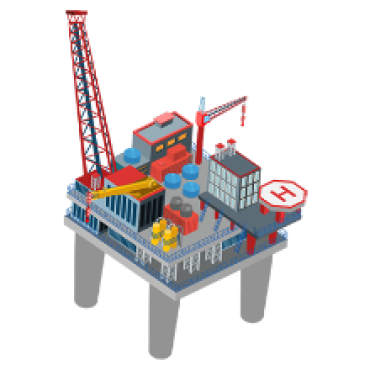
BENEFITS • IMPACTS
The stage of extraction of raw materials is one of the most sensitive of the life cycle. The production chain has direct contact with the environment.
Most of the environmental impacts of this stage are related to the depletion of non-renewable resources, emissions and use of water.
The impacts also represent potential benefits.
-
Processing the raw materials
The processing of raw materials is essential to offer quality products to the consumer.Fossil: The naphtha and natural gas reach the Braskem plant, where they receive a more refined treatment. This process produces Ethylene and Propene, essential raw materials for the second step: polymerization, which is also controlled by Braskem. At this stage, the units receive Ethene to produce Polyethylene or Propene to become Polypropylene. In addition to Ethene and Propene, Braskem produces a series of chemical products, such as solvents.
Renewable: At Braskem's plants, ethanol is dehydrated, giving rise to ethylene. From there, renewable Ethylene goes through the same process as fossil Ethylene to produce Polyethylene.
Brine: The raw material arrives at Braskem's units along with Ethylene, which will give life to Polyvinyl Chloride, PVC, a material used in plumbing, among other applications. In addition to PVC, these units produce other chemicals such as Sodium Hypochlorite and Hydrochloric Acid.
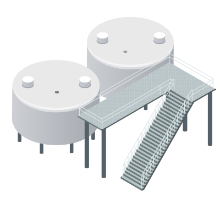
BENEFITS • IMPACTS
The processing stage of raw materials is essential to make them marketable products. The impacts of this stage are usually related to high energy consumption and atmospheric emissions.
-
Transporting Products
Logistics systems to serve the value chainIn a globalized world, logistics systems are fundamental. The production stages usually take place in different geographic locations, which is why they require a means of transport for materials to be moved from one point to another. The most common modes of transport are: road, rail, waterway, sea, air and pipeline. The efficiency of the modal depends on the type of product, distance and quantity transported, so it becomes a specific solution for each case.
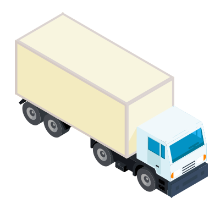
BENEFITS • IMPACTS
The environmental impact of land transport has a characteristic impact on land use and atmospheric emissions from energy use/fuel burning. Water, maritime and air transport are intensive in emissions resulting from the use of energy/fuel burning. Finally, pipeline transport has an impact on emissions resulting from possible fugitive emissions and losses in the system.
-
The transformation
When does raw material become a final product?To transform the resins that Braskem produces, there are several methods for modifying a polymer. In general, all involve heating and pressing the resin on a mold or matrix that will give rise to the part.
The plastic transformation stage has a smaller scale than the previous stages. Even so, the related impacts can be significant mainly due to the energy consumption of the transformation industries. More efficient polymers, for example, reduce the amount of energy consumed and increase the productivity of transformers, which improves performance not only from a process point of view, but also from an environmental point of view.
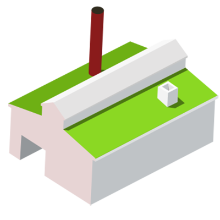
BENEFITS • IMPACTS
The transformation of plastic is an intensive process in terms of raw materials and energy. Therefore, managing energy consumption and reducing losses are essential to reduce the environmental impact at this stage. Also, transformation is the time when the product is developed. Considering the life cycle concept in design is essential to enable recycling and facilitate product durability, for example.
-
Finally in the hands of the consumer!
The product in practiceIt's time for plastic to show what it came to and, at this stage, it demonstrates its greatest benefits, such as low density and electrical conductivity, as well as flexibility and durability, which explain its efficiency in several applications.
In the case of basic chemicals, they can be transformed into other plastics, paints, agricultural defensives, among others.
Examples:
Automotive: DDecreases vehicle weight, reducing fuel consumption. It also reduces water loss.
Sanitation: The material facilitates and reduces the need for maintenance. It also reduces the price of the part, water losses and helps to universalize basic sanitation.
Packaging: Prevents food waste.
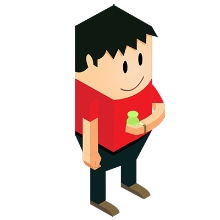
BENEFITS • IMPACTS
In the use stage, the products have a positive impact, that is, they demonstrate benefits. Plastic reduces food waste in the form of packaging, as well as the mass of cars and planes, and also reduces the energy required to move them. Paints preserve surfaces and reduce the need for maintenance, for example.
-
The cycle starts again
Shared responsibility for the end of lifeSociety and companies are responsible for managing the solid waste they produce and the products they consume. Within our units, waste generation is controlled by an eco-indicator. For the market, with Wecycle initiatives, we also seek to incorporate Braskem's business as part of the solution for the mechanical recycling of plastic.
There are currently 4 types of waste treatment:
Chemical Recycling: when the plastic goes back to being a basic chemical, such as naphtha;
Energy Recycling: when waste is burned in a controlled environment (such as a boiler or oven) to generate energy;
Mechanical Recycling: when the waste returns to the processing industry and is converted into a new product;
Landfill: when the waste goes to landfills, the plastic remains inert for many years in this case.
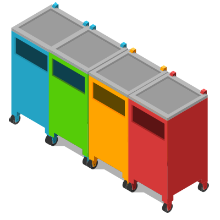
BENEFITS • IMPACTS
Disposal can represent an environmental impact or a benefit, it depends on how the disposal takes place. If the disposal is correct, the plastic must be transported, via reverse logistics, to different applications. In the case of mechanical recycling, recycled plastic prevents virgin raw material from being extracted, for example. When plastic goes to landfills, it remains inert in the soil for a long time, so this is not the destination that most values plastic waste. When disposal is incorrect, the plastic goes to irregular disposal points, where rains can take it into rivers and oceans.

 Braskem Global
Braskem Global
 Braskem Idesa
Braskem Idesa
 Braskem USA
Braskem USA
 Braskem Europe
Braskem Europe

